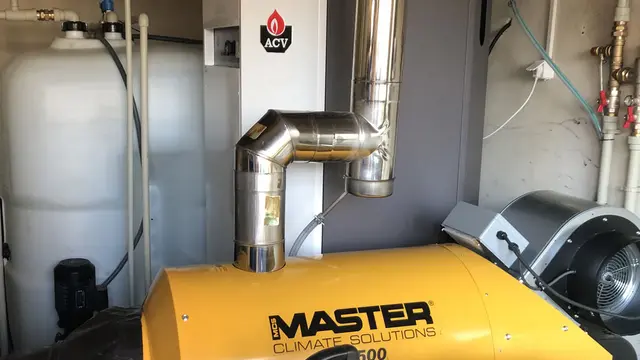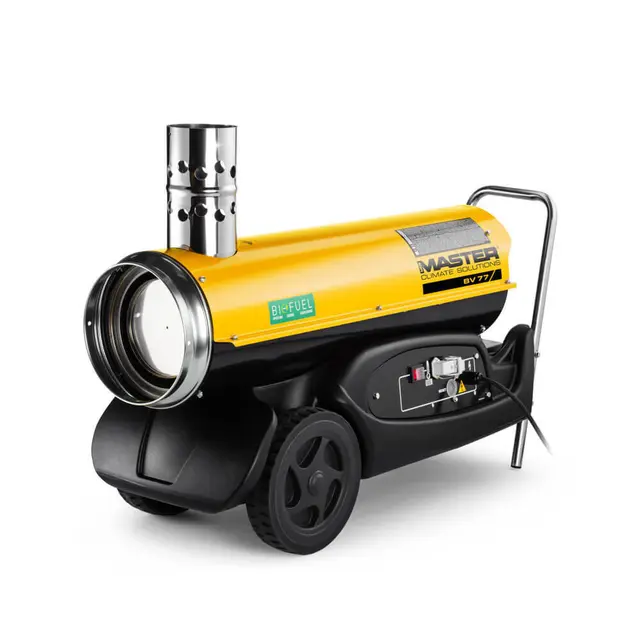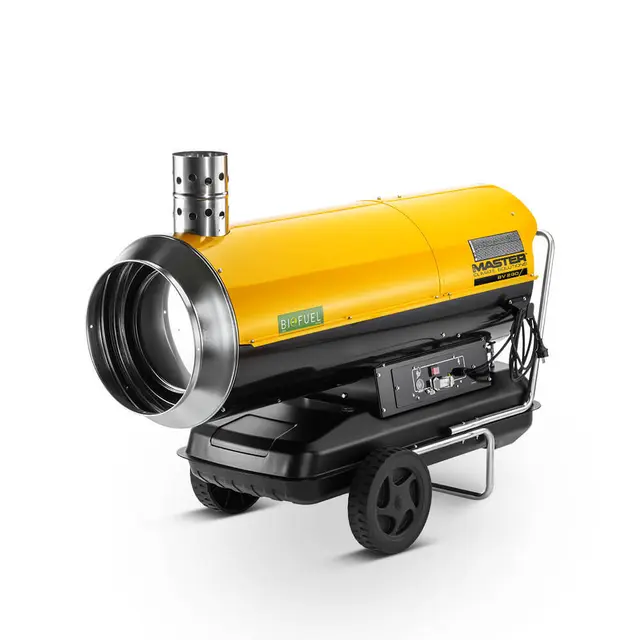Need to clean a truck tank for food transportation?

- Home
- Insights
- Disinfection insights
- Need to clean a truck tank for food transportation?
Tank trucks are designed to safely transport condensed gases, liquid loads or dry bulk cargo across the roads of Europe. They can be made of aluminum, carbon or stainless steel, fiberglass-reinforced plastic or similarly all depending on what they’re designed to transport. In terms of food grade tank trucks, they are specifically designed to transport liquid food. Examples include milk, alcohol, vinegar, vegetable oil and fruit juices. This article explains the cleaning process and how using portable air heaters for subsequent drying can be carried out.
Tank trucks for food transportation must meet strict safety and sanitation codes in order to obtain certification. This also means that cleaners of food grade tankers must food grade themselves and have to obtain approval or certification from authorised third parties. The companies that offer certified cleaning are scattered across the highway road network in Europe to offer quick and convenient customer service and they are organised under the non-profit organisation EFTCO.
The cleaning process for food grade tanks
Before each subsequent transport, cisterns carrying juice must be cleaned of the remains of the previous cargo. The cistern must be sterile clean to prevent the growth of mould, bacteria and more. Otherwise, they will be disqualified for food storage. Drying with hot air allows to ensure safe and hygienic conditions for the next transport.
The typical cleaning process for these truck tanks involves inside washing using either warm or cold water, application of certain cleaning agents depending on the commodity and then finally drying of the tank by using hot air.
Drying can be done through natural ventilation, forced ventilation or using heated air. The latter is of course faster and can be done by simply applying mobile air heaters. It is important to notice that shortly after drying, tanks are too hot to be closed hermetically because of the risk for vacuum damage.
To ensure that cleaned tanks are kept clean it is essential to use clean and oil-free air. Mostly, ventilators or air movers are used for drying. Compressed air may also be used for driving spinning heads and here it must be assured that the air is oil-free. If breathing apparatus are used specific air requirements should apply.
User case for a portable heater solution
One of Master Climate Solution’s Polish partners recently completed the installation of Master BV 500 indirect oil-fired heaters that are to dry tanks/cisterns used to transport liquid fruit juice.
The 150kW heater units have been installed inside the cleaning room. Exhaust gases are discharged through stainless steel pipe ‘chimneys’. A flex tube is connected to the device, through which the heater then delivers 100% clean, dry and warm air to the inside of the tanker truck/cistern. The high air flow makes the drying process fast and efficient and the powerful 770Pa centrifugal fan make it possible to deliver the hot air stream even across long distances.
Related products
Featured insights

Why heaters offer a cleaner, quicker solution than chemicals

How heaters outmatch chemicals in the quest to kill bed bugs and other unwanted pests

Get our 28-page eBook to learn the whys, whats, hows and wheres of heat for pest control
Need help with choosing the right solution? Our team of over 100 climate control experts can assist.
You can also reach out or join the discussion on our Social Media. Check out our LinkedIn page.




